Facts about artifact discoveries in ancient tombs
Exploring ancient tombs is akin to embarking on a journey through time. These fascinating structures, scattered across the globe, hold secrets of long-gone civilizations waiting to be uncovered.
From the golden sands of Egypt to the lush valleys of Peru, tombs offer a glimpse into the customs, beliefs, and daily lives of our ancestors. Whether it’s a pharaoh’s elaborate resting place or a simple burial mound, each tomb tells a unique story that enriches our understanding of history.
The Role of Ancient Tombs in Understanding History
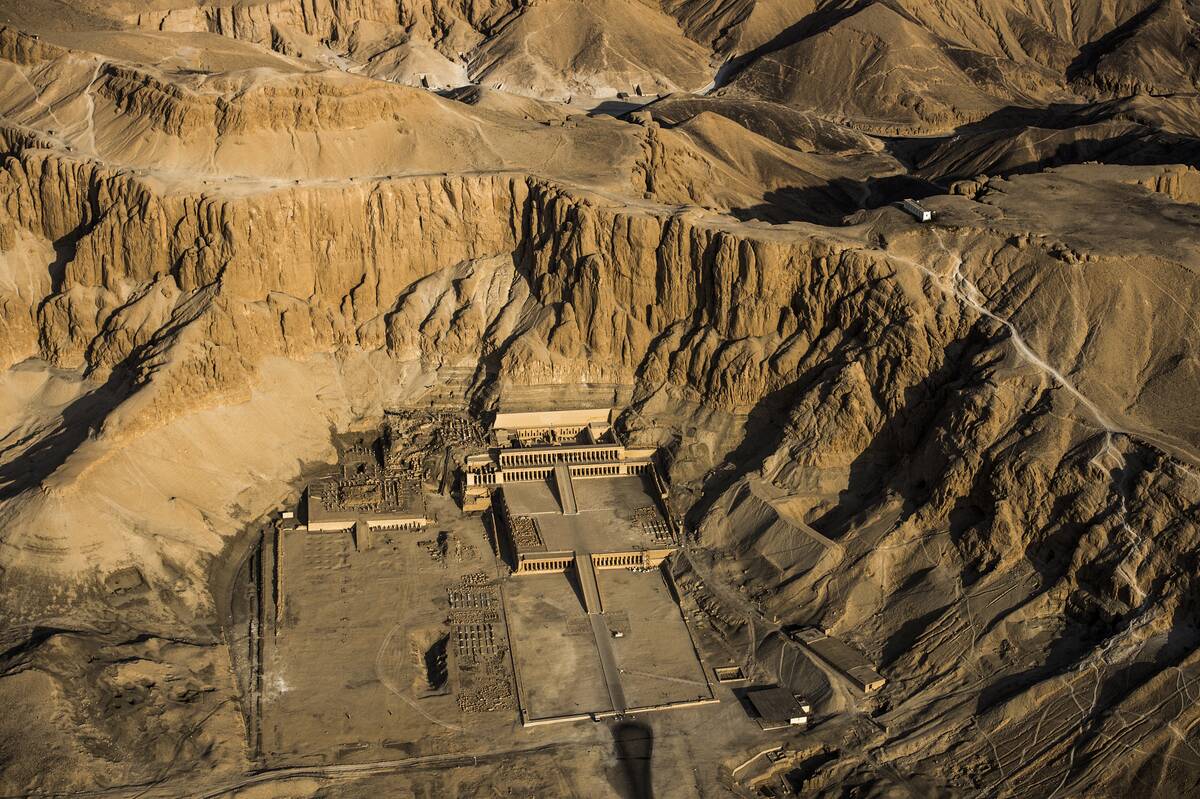
Tombs are invaluable time capsules that provide insight into ancient societies. They reveal not only burial practices but also the social hierarchy, cultural rituals, and technological advancements of the time.
For instance, the discovery of the tombs in the Valley of the Kings has offered remarkable knowledge about Egypt’s New Kingdom era, illustrating the importance of these sites in piecing together historical narratives. Without tombs, much of our knowledge about ancient civilizations would remain shrouded in mystery.
The Art of Tomb Construction: Architectural Marvels
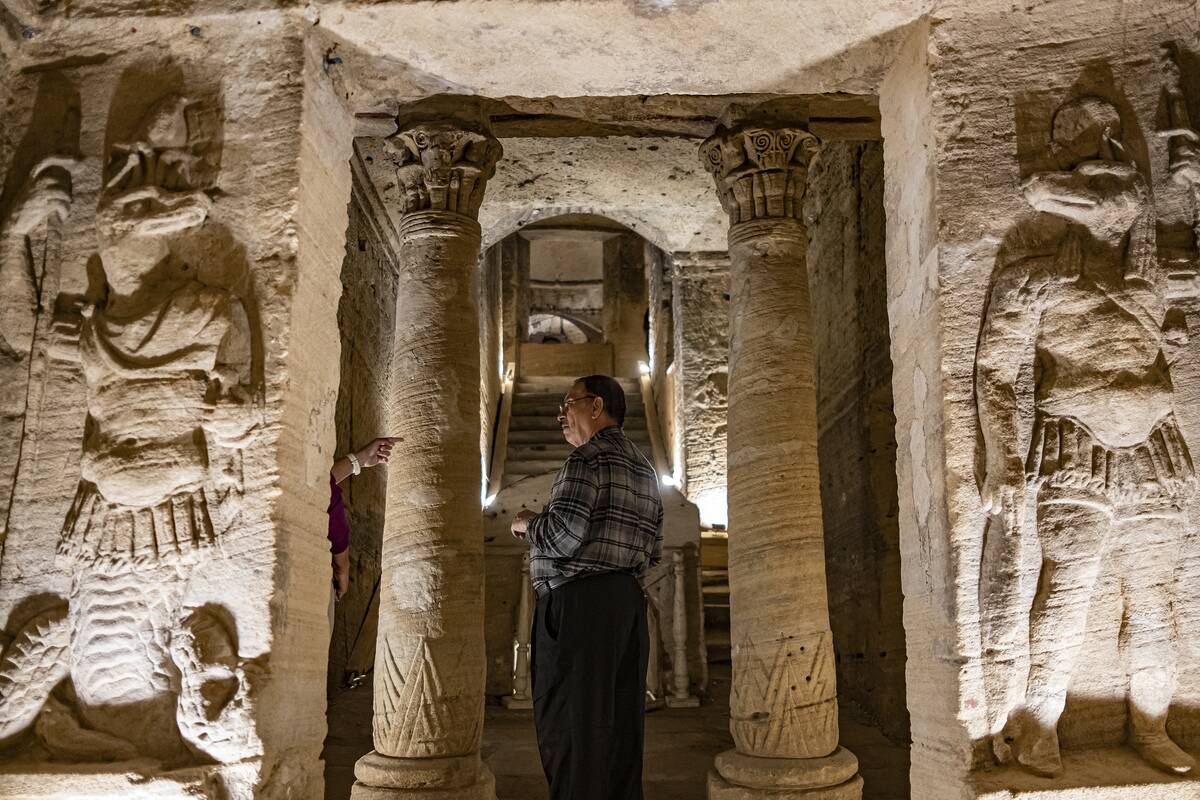
Ancient tombs are not just burial sites; they are architectural wonders that showcase the ingenuity of past civilizations. The construction of the Great Pyramid of Giza, for example, remains a testament to the advanced engineering skills of the ancient Egyptians.
Using limestone blocks, copper tools, and an intricate understanding of mathematics, they created a structure that has stood for thousands of years. Similarly, the tombs of the Etruscans feature elaborate frescoes and intricate carvings, revealing a rich artistic tradition.
Burial Practices Across Ancient Civilizations
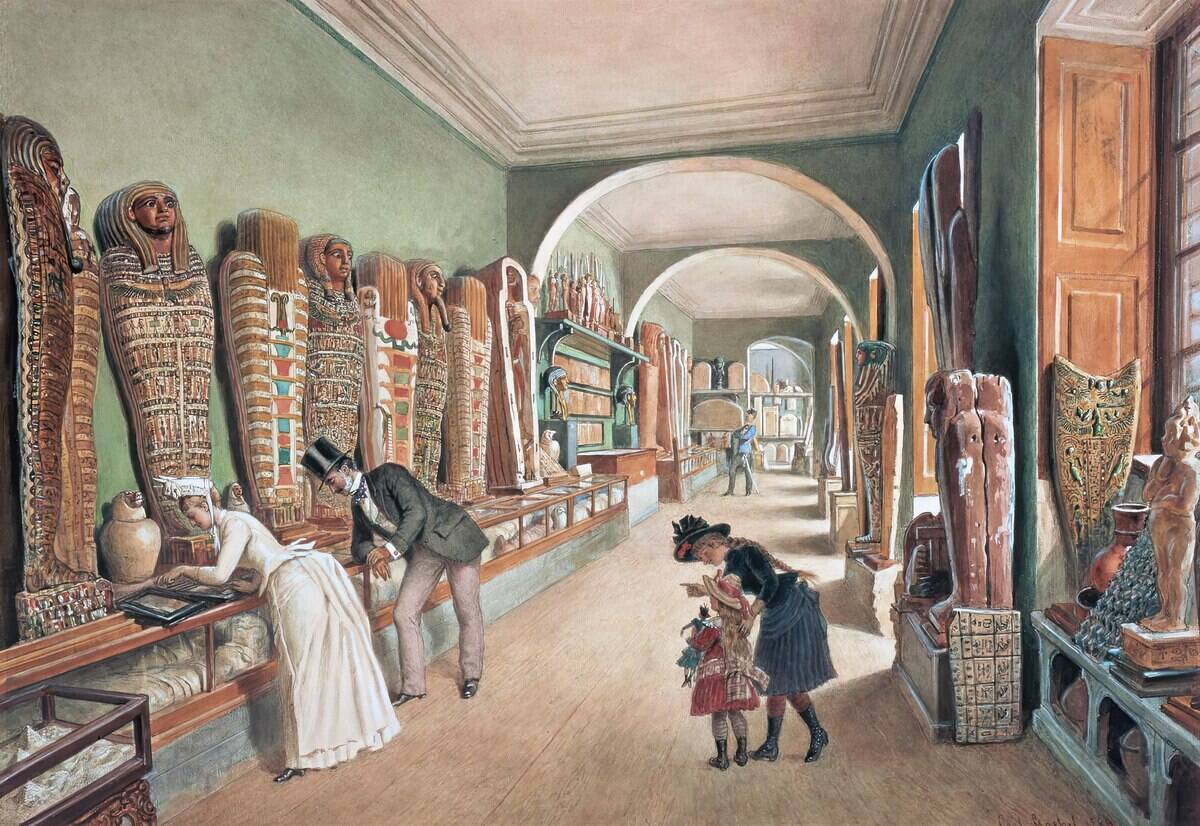
Burial practices varied widely among ancient civilizations, reflecting diverse beliefs about life and death. In Egypt, mummification was integral, as it was believed to preserve the body for the afterlife. The Greeks, on the other hand, often practiced cremation, with ashes placed in urns.
Meanwhile, the Vikings favored ship burials, sending off their dead in vessels set aflame. Each method speaks volumes about the cultural values and religious beliefs of these societies, offering a window into their worldviews.
Key Discoveries: Tombs That Changed History
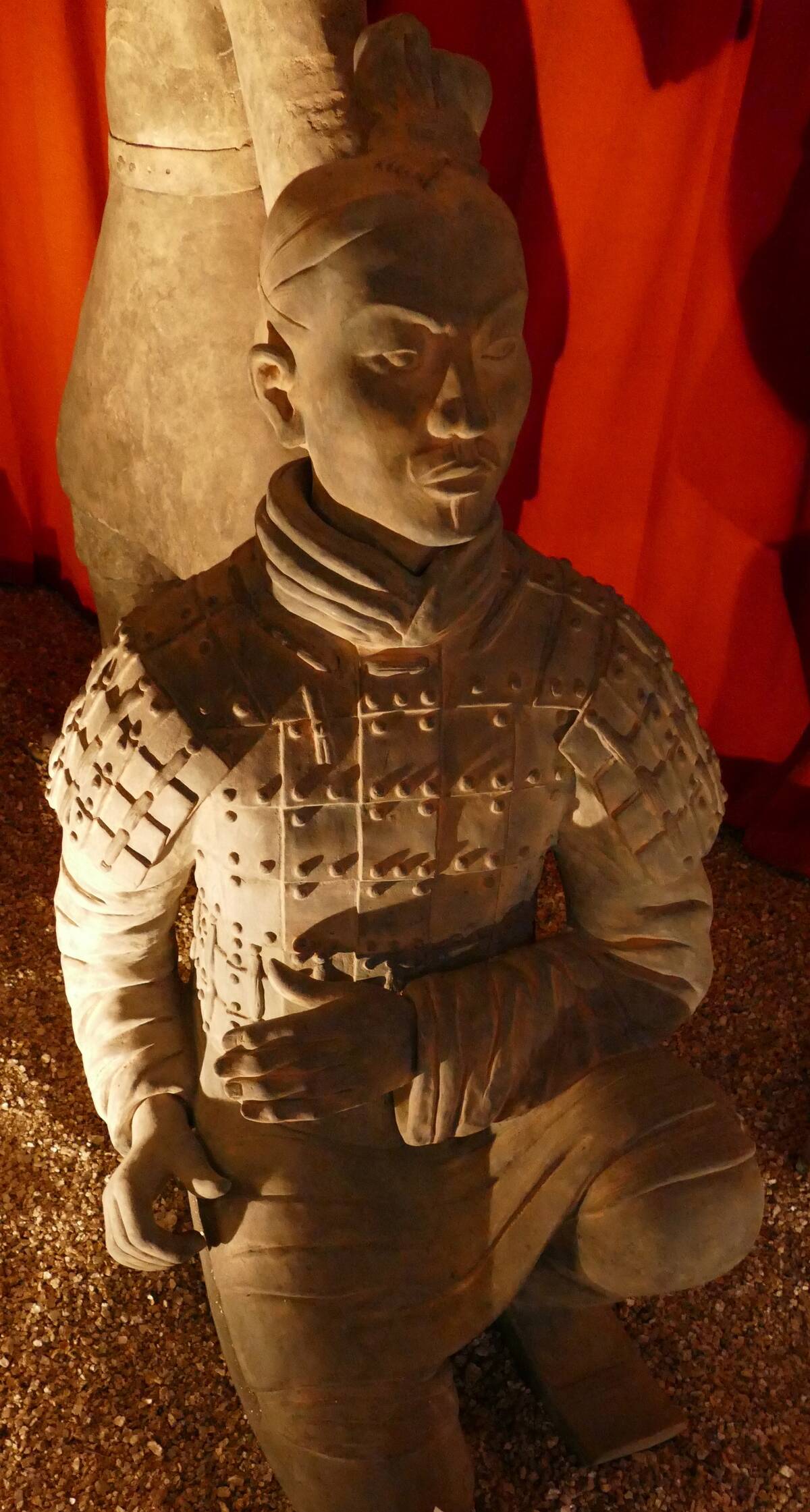
Certain tomb discoveries have dramatically altered our understanding of history. The unearthing of Tutankhamun’s tomb in 1922, filled with an array of treasures, provided unprecedented insight into Egyptian art and burial customs.
Similarly, the discovery of the Terracotta Army in Xi’an revealed the vast resources and manpower commanded by China’s first emperor, Qin Shi Huang. These finds have not only enriched our knowledge but also sparked intense interest and fascination with the ancient world.
The Fascinating World of Pharaohs’ Tombs in Egypt
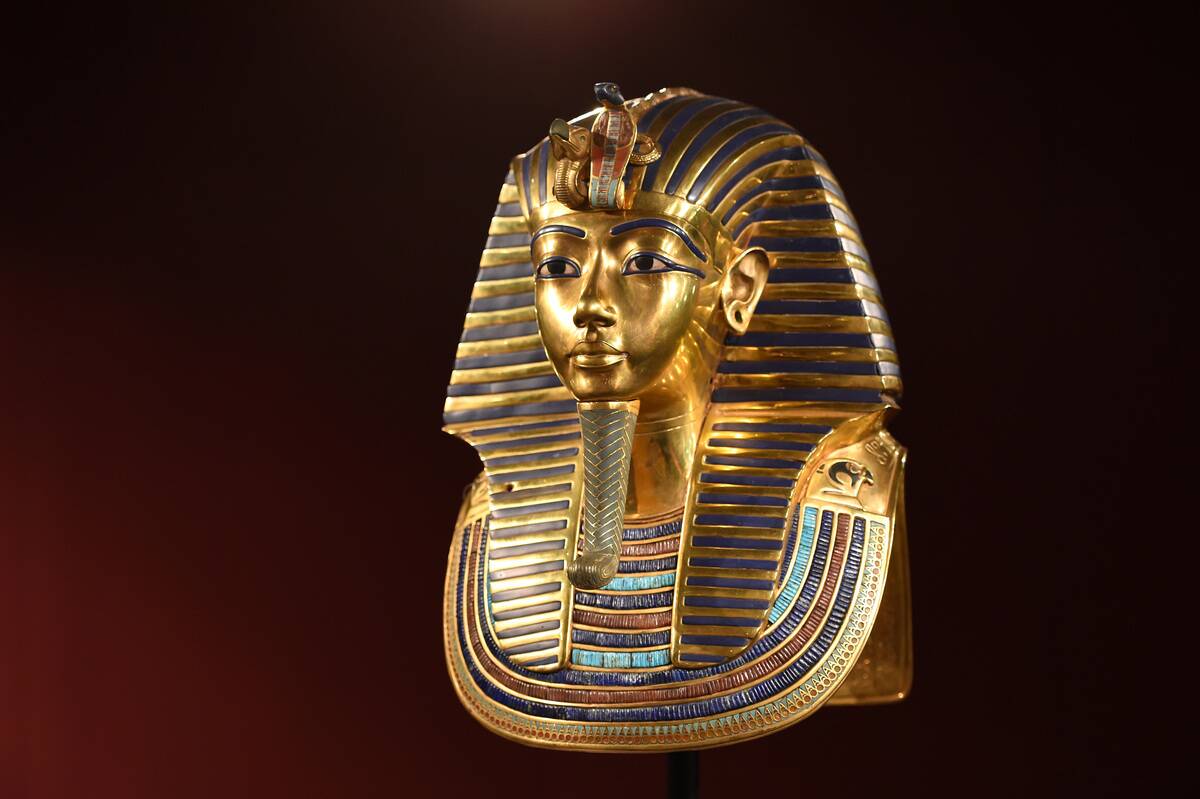
Pharaohs’ tombs in Egypt are a treasure trove of history and art. Constructed to ensure safe passage to the afterlife, these tombs were filled with everything a pharaoh might need, from chariots to jewelry.
The Valley of the Kings, home to over 60 tombs, including that of Tutankhamun, is a stunning example of this tradition. These tombs, adorned with intricate hieroglyphics and vibrant wall paintings, offer a vivid portrayal of the religious beliefs and daily life of ancient Egypt.
Treasures of the Terracotta Army: China’s Clay Guardians
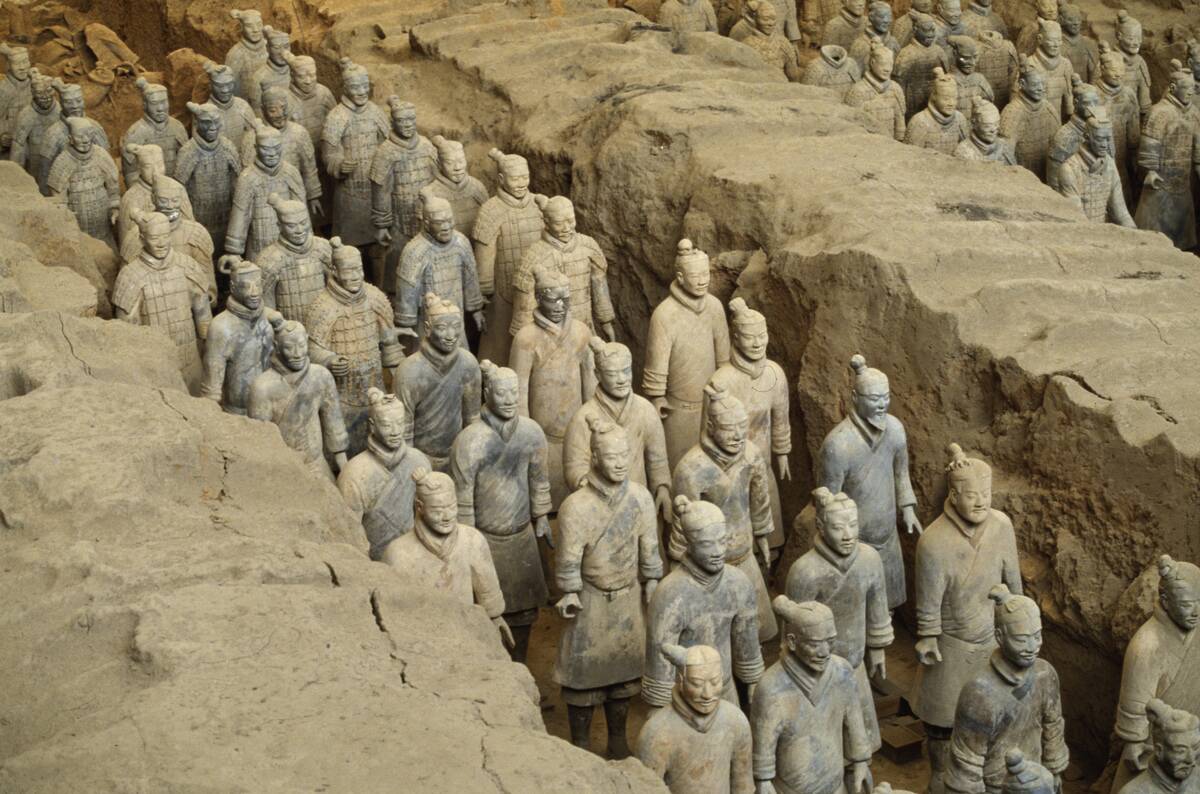
The Terracotta Army is one of the most astonishing archaeological finds of the 20th century. Discovered in 1974 near Xi’an, China, the army consists of thousands of life-sized clay soldiers, horses, and chariots, all crafted to protect the tomb of Emperor Qin Shi Huang.
Each figure is unique, with distinct facial features and expressions, reflecting the artistry and cultural significance of the period. This incredible discovery has provided valuable insights into the military power and ceremonial practices of ancient China.
The Gold of the Incas: Buried Wealth in Peru

The Incas were known for their immense wealth, particularly in gold, which played a significant role in their burial practices. The discovery of the Llullaillaco mummies on the Andes’ slopes revealed mummies buried with exquisite gold and silver offerings, fine textiles, and ceremonial objects.
These finds illustrate the importance of gold in Incan society, symbolizing power and divine connection. The craftsmanship of these items also highlights the advanced metallurgical skills of the Incas, offering a glimpse into their sophisticated culture.
The Secrets of the Pyramids: More Than Just Tombs

The pyramids of Egypt are among the most iconic symbols of ancient civilization, often perceived solely as monumental tombs for pharaohs. However, they served multiple purposes, including as ceremonial sites and astronomical observatories.
The Great Pyramid of Giza, precisely aligned with the cardinal points, demonstrates their advanced understanding of astronomy and engineering. Some researchers have noted a possible alignment with the stars of Orion’s Belt. These structures continue to captivate researchers and tourists alike, as they search for deeper meanings and hidden chambers within their massive stone walls.
Unveiling the Tomb of Qin Shi Huang: The First Emperor of China

Qin Shi Huang’s tomb remains one of the most enigmatic archaeological sites in the world. Located near Xi’an, it is protected by the famous Terracotta Army, meant to guard the emperor in the afterlife. The tomb itself, yet to be fully excavated, is rumored to contain vast treasures and a map of the empire with rivers of mercury.
These legends, combined with the scale and complexity of the site, continue to intrigue historians and archaeologists, highlighting the emperor’s ambition and his impact on Chinese history.
The Mysterious Tombs of the Etruscans
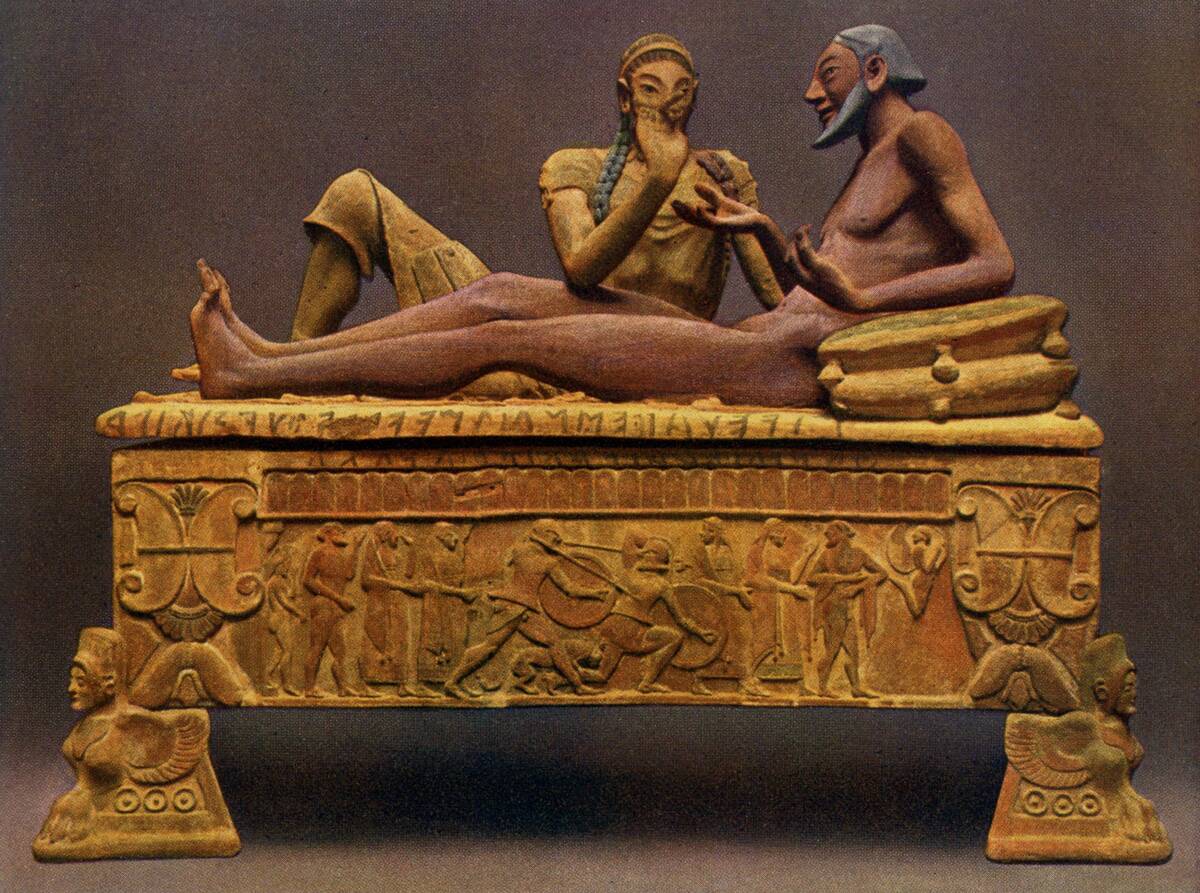
The tombs of the Etruscans, an ancient civilization of Italy, are shrouded in mystery and artistic beauty. Found primarily in Tuscany, these tombs are renowned for their vibrant frescoes depicting scenes of daily life, mythology, and banquets.
The Etruscans practiced elaborate burial customs, believing in a rich afterlife. Their tombs, such as the painted Tomb of the Leopards, offer valuable insights into their culture, social structure, and beliefs, serving as a vital link to understanding pre-Roman Italy.
The Royal Tombs of Ur: Mesopotamian Mysteries
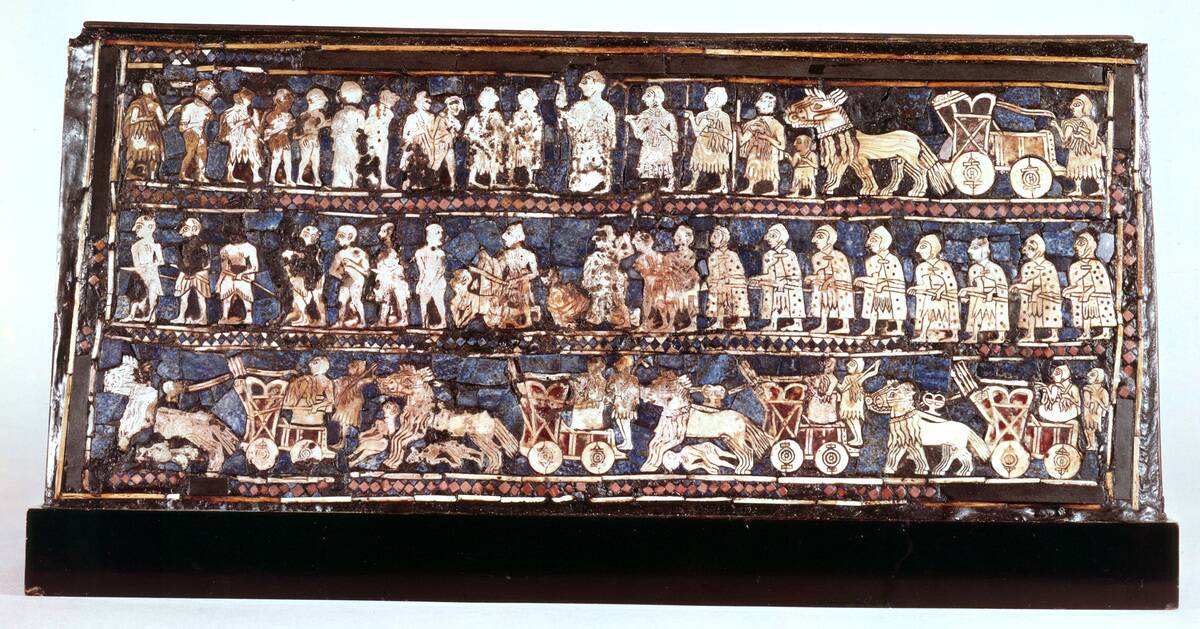
The Royal Tombs of Ur, located in present-day Iraq, are a testament to the grandeur of ancient Mesopotamian civilization. Excavated in the 1920s by Sir Leonard Woolley, these tombs revealed a wealth of artifacts, including intricate jewelry and musical instruments.
The discovery of the ‘Standard of Ur,’ a wooden box inlaid with precious stones, provided significant insights into Sumerian society and warfare. These findings not only highlight the wealth and artistry of the region but also offer a glimpse into the social and political structure of one of the world’s earliest civilizations.
The Role of Iconography in Ancient Tombs
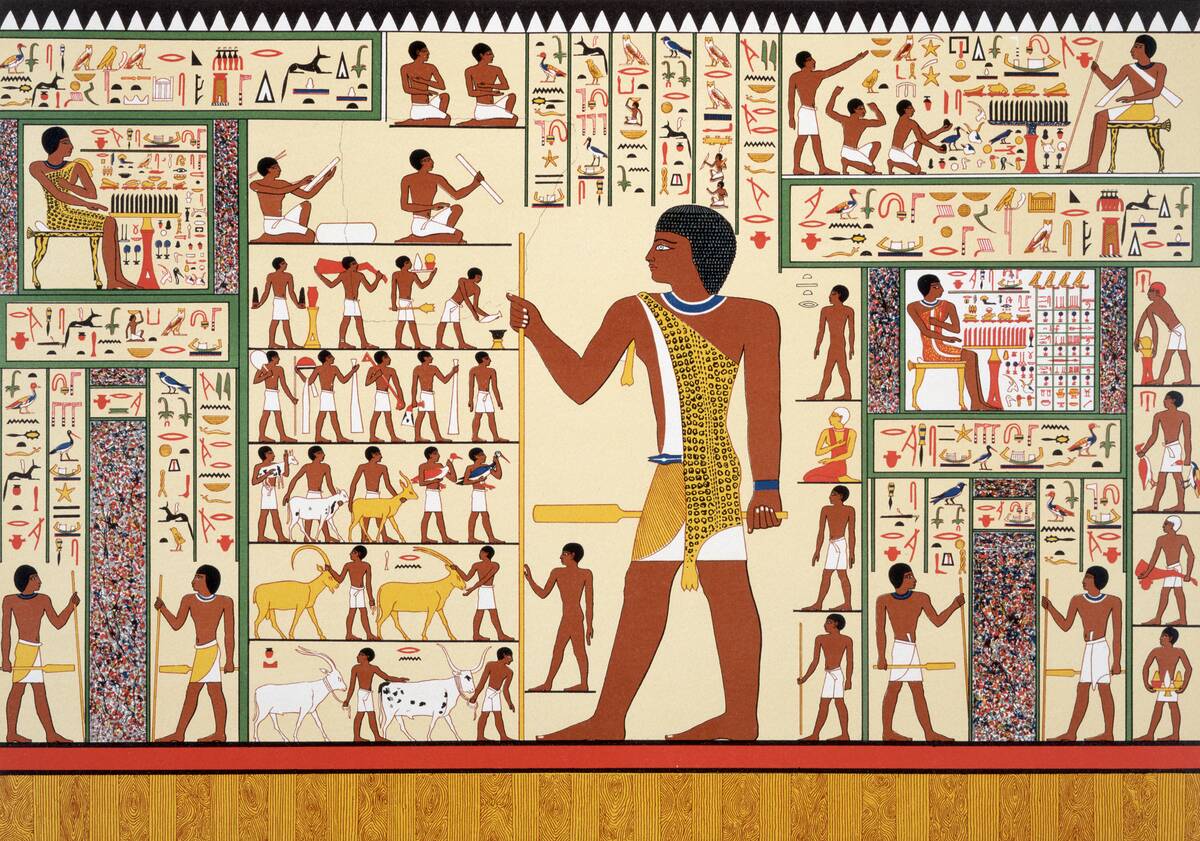
Iconography plays a crucial role in understanding the beliefs and values of ancient civilizations. Tomb walls adorned with intricate carvings and paintings often depict religious rituals, mythological tales, and scenes of daily life.
In ancient Egypt, hieroglyphics were not only a writing system but also a means of ensuring a safe passage to the afterlife. Similarly, Etruscan tombs feature vibrant frescoes that offer insights into their society and beliefs, providing a rich visual narrative of the ancient world.
Stunning Jewelry Finds: Craftsmanship of the Ancients
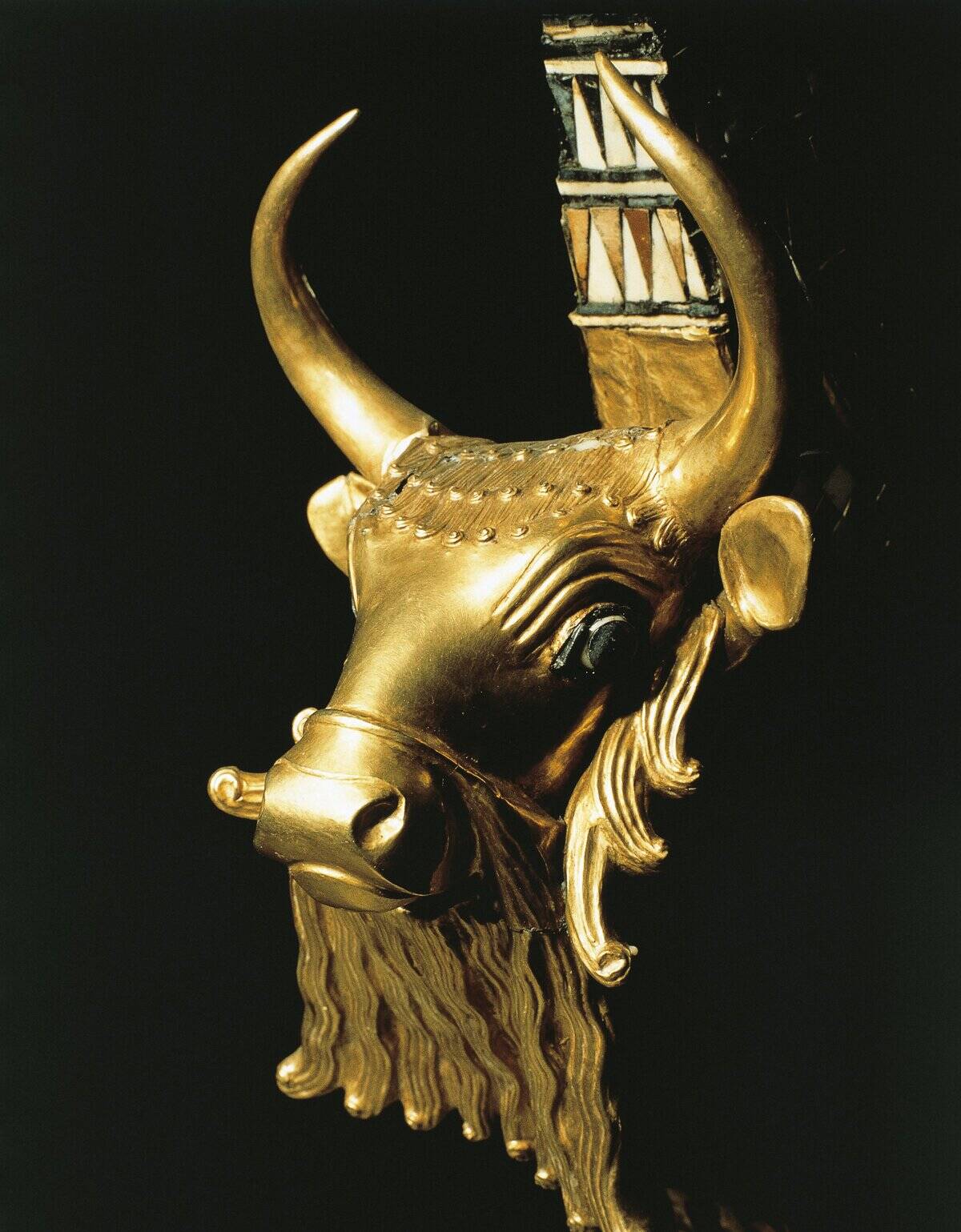
The discovery of ancient jewelry in tombs highlights the exceptional craftsmanship of past civilizations. These artifacts, ranging from gold necklaces to intricate earrings, reflect the artistic skill and cultural significance of adornment.
In the Royal Tombs of Ur, for example, archaeologists found exquisite gold and lapis lazuli jewelry, showcasing the wealth and luxury of Sumerian society. Such finds not only reveal the aesthetic preferences of ancient peoples but also offer clues about trade and cultural exchange.
Pottery and Tools: Everyday Life in Ancient Times
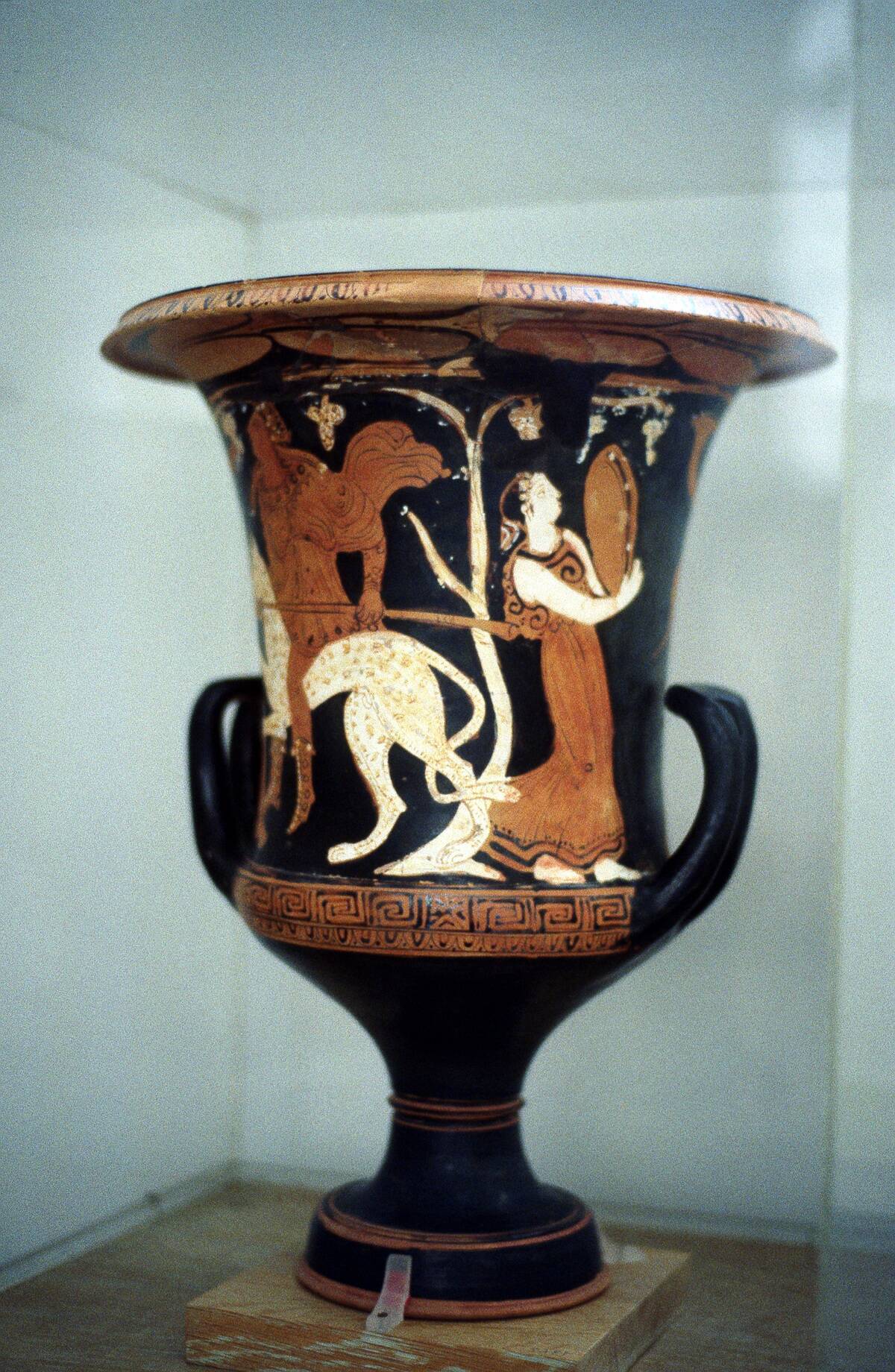
Pottery and tools discovered in tombs provide valuable insights into the daily lives of ancient peoples. These items, ranging from cooking pots to farming implements, reveal the practical aspects of survival and domestic life.
In ancient Greece, for example, pottery was not only functional but also a canvas for artistic expression, with intricate designs depicting mythological and everyday scenes. Such discoveries help archaeologists piece together the routines, skills, and innovations that defined ancient civilizations.
Textiles and Clothing: Preserved Wonders of History
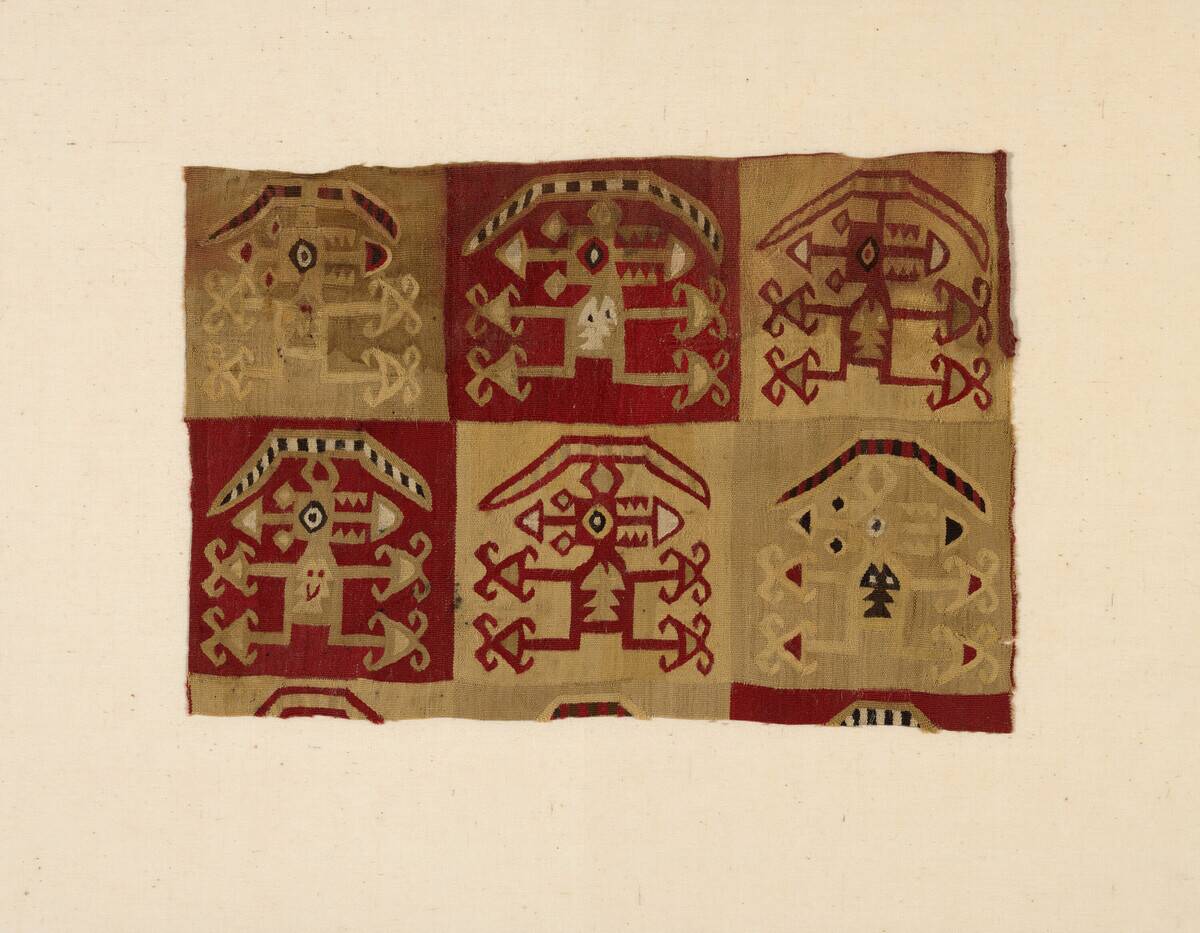
The preservation of textiles and clothing in ancient tombs is a rare and valuable find. These items offer a glimpse into the fashion, technology, and social status of past societies. For instance, the discovery of elaborately woven textiles in Peruvian tombs reveals the advanced weaving techniques and vibrant dyes used by the Incas.
Similarly, the linen garments found in Egyptian tombs reflect the importance of clothing in religious and social contexts, providing a tactile connection to the past.
Sacred Objects and Ritual Items: Spirituality of Ancient Peoples
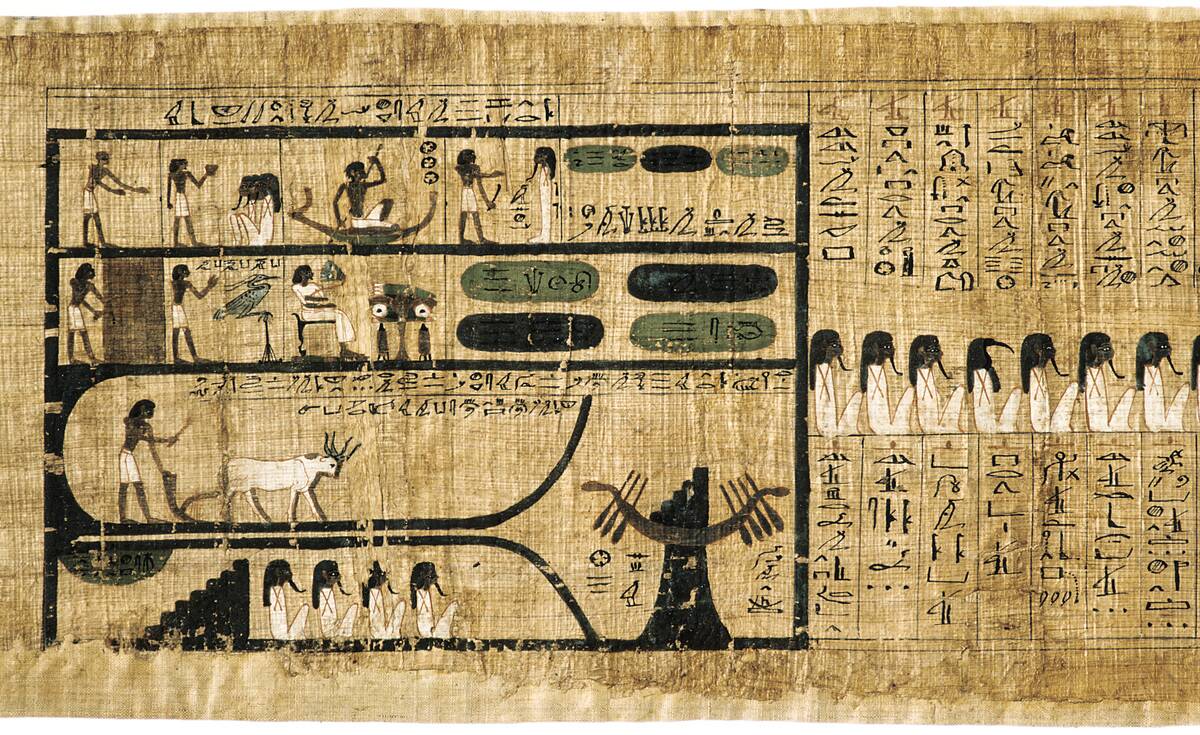
Sacred objects and ritual items found in tombs highlight the spiritual beliefs and practices of ancient cultures. These items, ranging from amulets to ceremonial vessels, were often placed in tombs to protect and guide the deceased in the afterlife.
In ancient Egypt, for instance, the Book of the Dead was a crucial funerary text, providing spells and instructions for navigating the afterlife. Such finds offer a deeper understanding of the spiritual and religious dimensions of ancient societies.
The Importance of Tomb Inscriptions: Messages from the Past
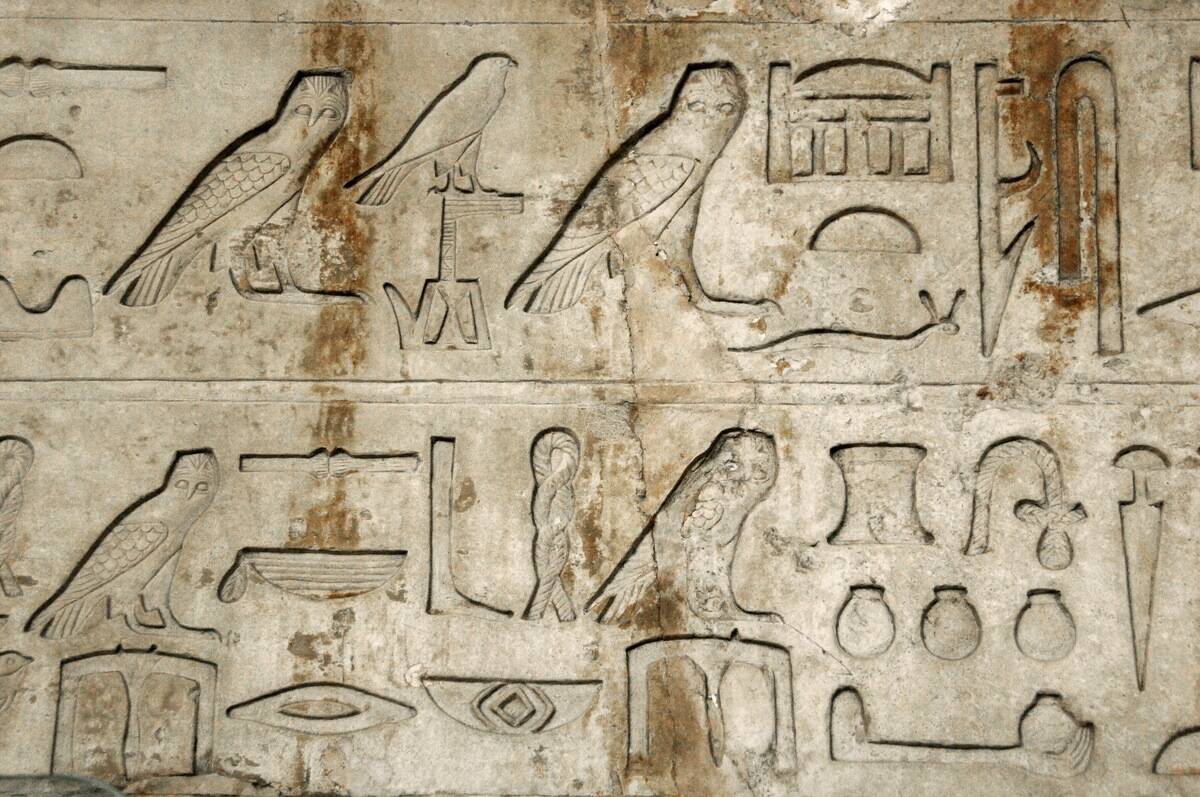
Tomb inscriptions are invaluable sources of historical and cultural information. They often contain prayers, genealogies, and achievements of the deceased, serving as a bridge between the past and present.
Inscriptions in ancient Egyptian tombs, for example, provide insights into the social status and accomplishments of the buried individuals, while also offering glimpses into language and script evolution. These messages from the past help historians and archaeologists reconstruct the lives and beliefs of ancient civilizations.
How Modern Technology Helps in Tomb Exploration

Modern technology has revolutionized the exploration and study of ancient tombs. Techniques such as ground-penetrating radar and 3D scanning allow archaeologists to explore sites non-invasively, preserving the integrity of these precious historical resources.
In Egypt, these technologies have led to the discovery of previously hidden chambers within the Great Pyramid of Giza. Additionally, advancements in DNA analysis and radiocarbon dating provide valuable insights into the lives and health of ancient populations, further enriching our understanding of the past.
The Ethical Considerations of Excavating Ancient Tombs
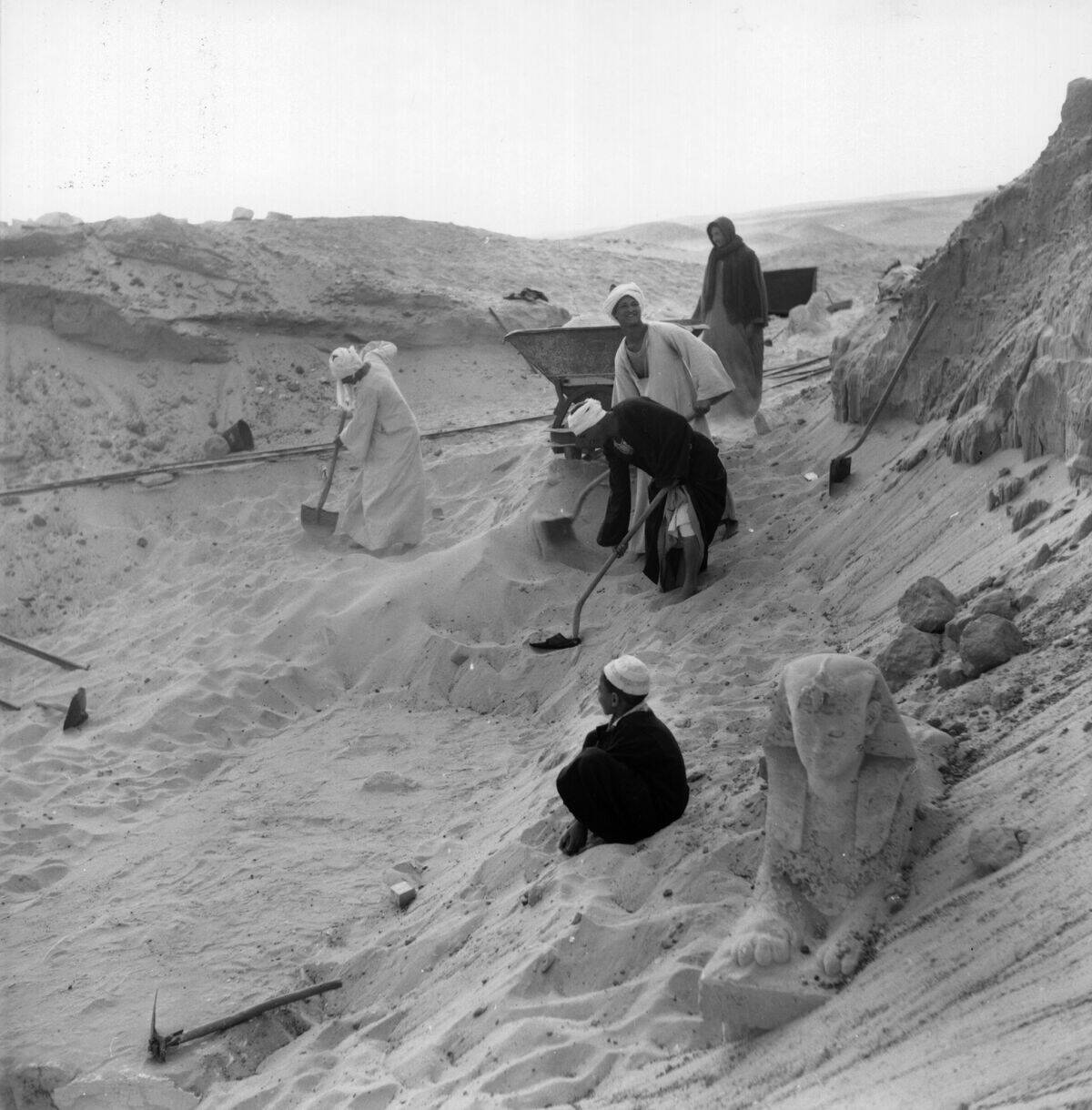
Excavating ancient tombs raises important ethical considerations, balancing the pursuit of knowledge with respect for cultural heritage. Archaeologists must navigate issues of cultural sensitivity, ensuring that the excavation process honors the beliefs and traditions of descendant communities.
This includes consulting with local authorities and ensuring that artifacts are preserved and displayed in a manner that respects their cultural significance. Ethical excavation practices are essential to maintaining the integrity and dignity of these historical sites.
Famous Archaeologists and Their Groundbreaking Finds
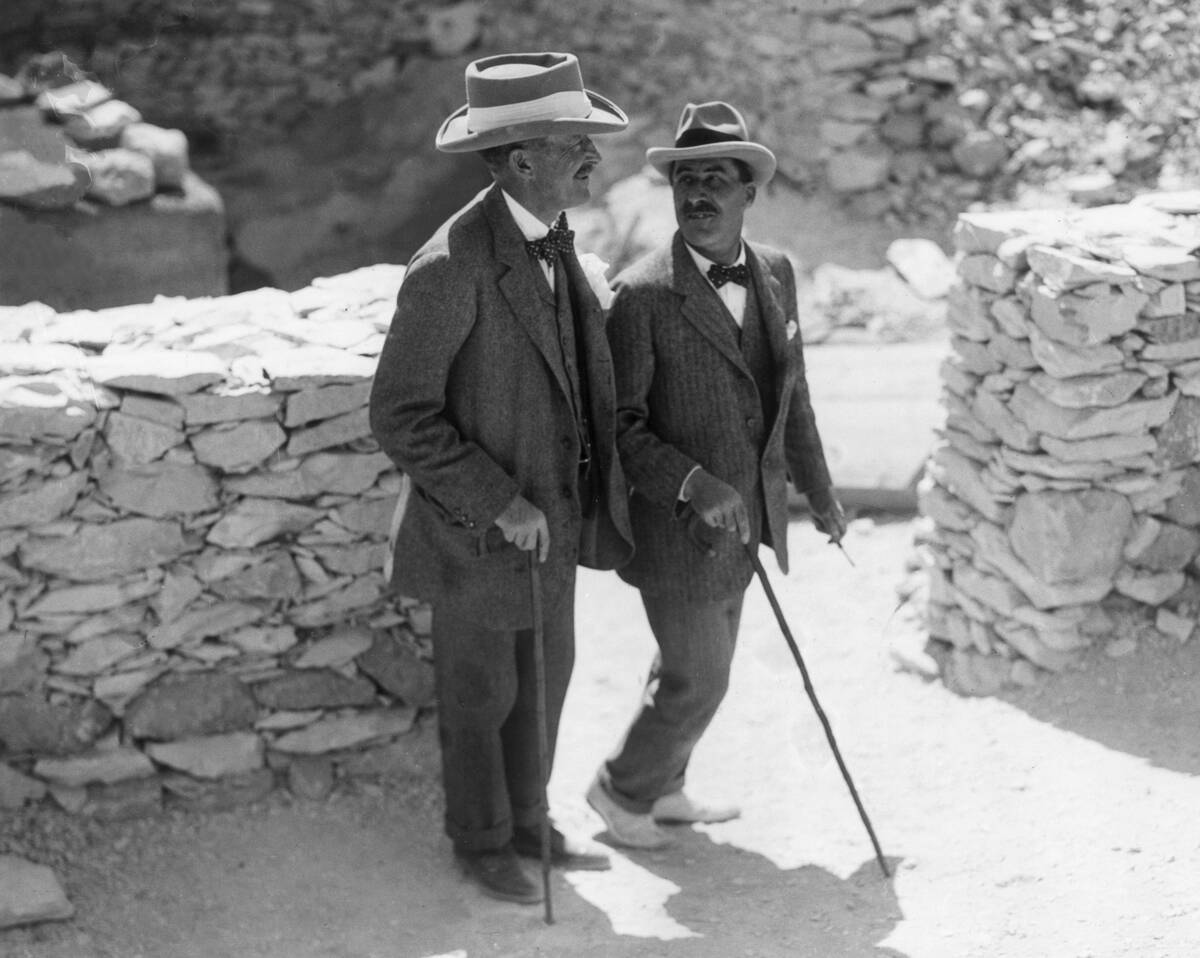
Famous archaeologists have made significant contributions to our understanding of ancient tombs and the civilizations they belonged to. Howard Carter’s discovery of Tutankhamun’s tomb brought the splendor of ancient Egypt to the modern world.
Meanwhile, Sir Leonard Woolley’s excavation of the Royal Tombs of Ur uncovered the richness of Sumerian civilization. These groundbreaking finds have not only expanded our knowledge of ancient cultures but also inspired generations of archaeologists to continue exploring the mysteries of the past.
The Impact of Tomb Discoveries on Popular Culture
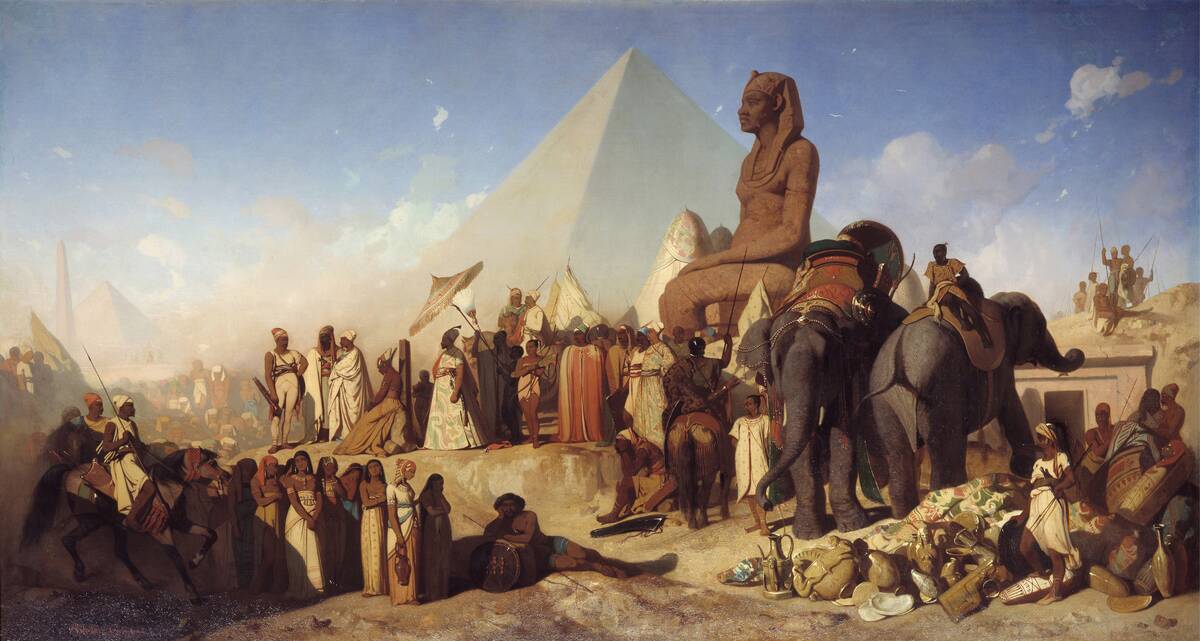
Tomb discoveries have had a profound impact on popular culture, sparking imaginations and inspiring countless works of fiction and film. The allure of ancient Egypt, fueled by the discovery of Tutankhamun’s tomb, has led to movies, books, and even video games exploring the mysteries of the pharaohs.
Similarly, the Terracotta Army has captivated audiences worldwide, featuring in documentaries and exhibitions. These discoveries not only enhance our understanding of history but also enrich our cultural landscape, bridging the gap between past and present.
Planning Your Own Tomb Tour: Must-Visit Sites Around the World
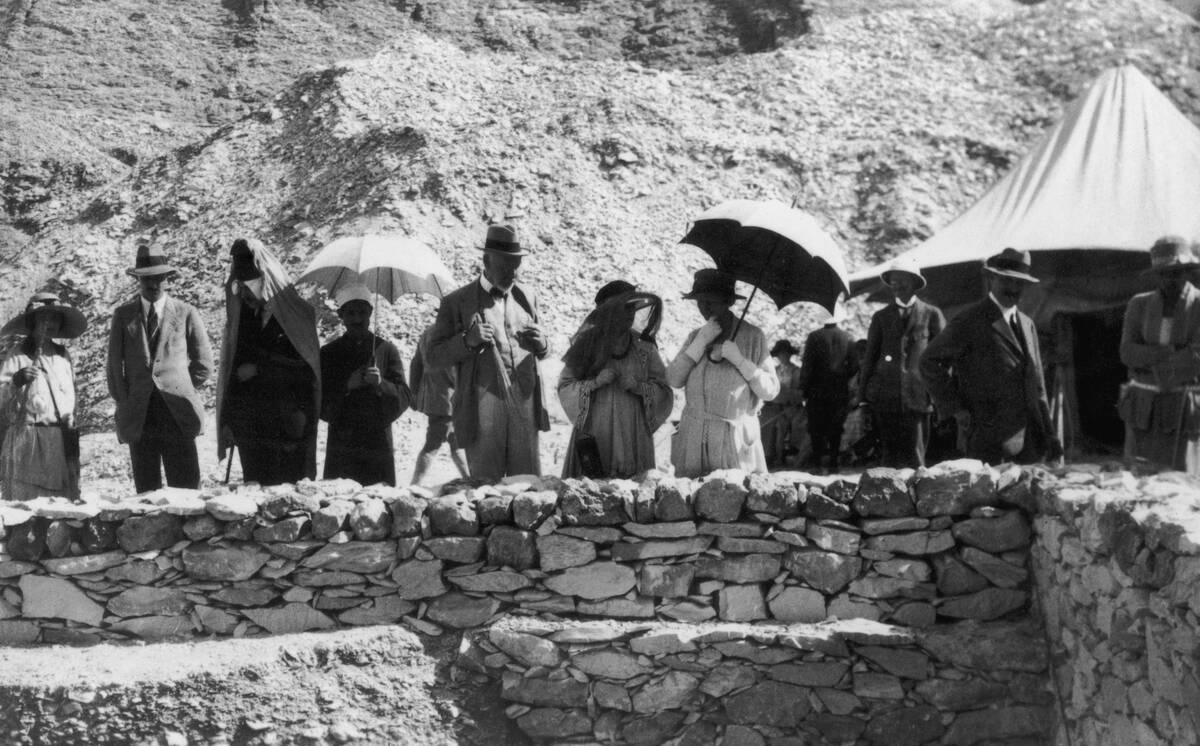
For those fascinated by ancient history, planning a tomb tour can be an enriching experience. Must-visit sites include the Valley of the Kings in Egypt, home to the tomb of Tutankhamun, and the Terracotta Army in Xi’an, China.
The Royal Tombs of Ur in Iraq and the Etruscan necropolises in Italy offer further exploration into ancient burial practices. Visiting these sites provides a tangible connection to the past, allowing travelers to witness firsthand the grandeur and mystery of ancient tombs.
Preserving the Past: The Future of Tomb Conservation
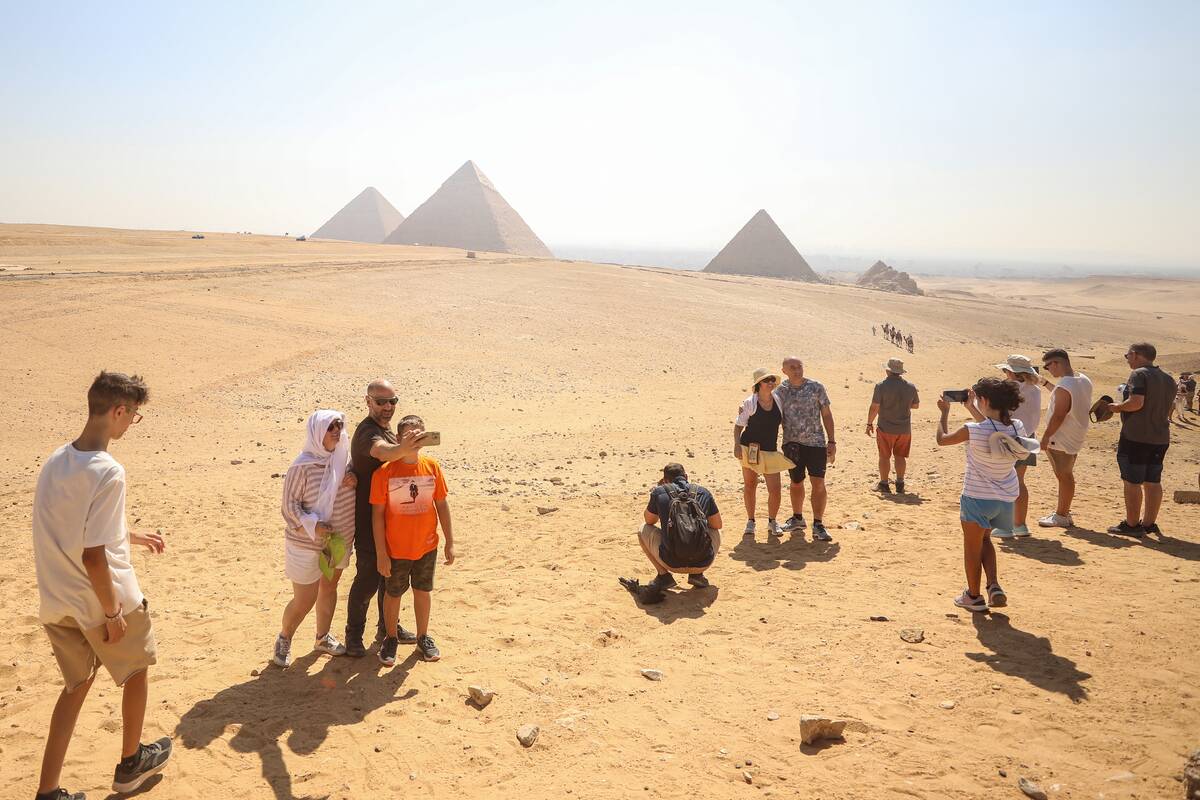
Preserving ancient tombs for future generations is a critical concern for archaeologists and conservationists. Efforts include stabilizing structures, controlling environmental factors, and using technology to monitor and protect these sites.
International collaborations, such as UNESCO’s World Heritage program, play a vital role in safeguarding these treasures. By balancing the needs of tourism with conservation, we can ensure that the stories and secrets of ancient tombs remain accessible and intact for generations to come.




